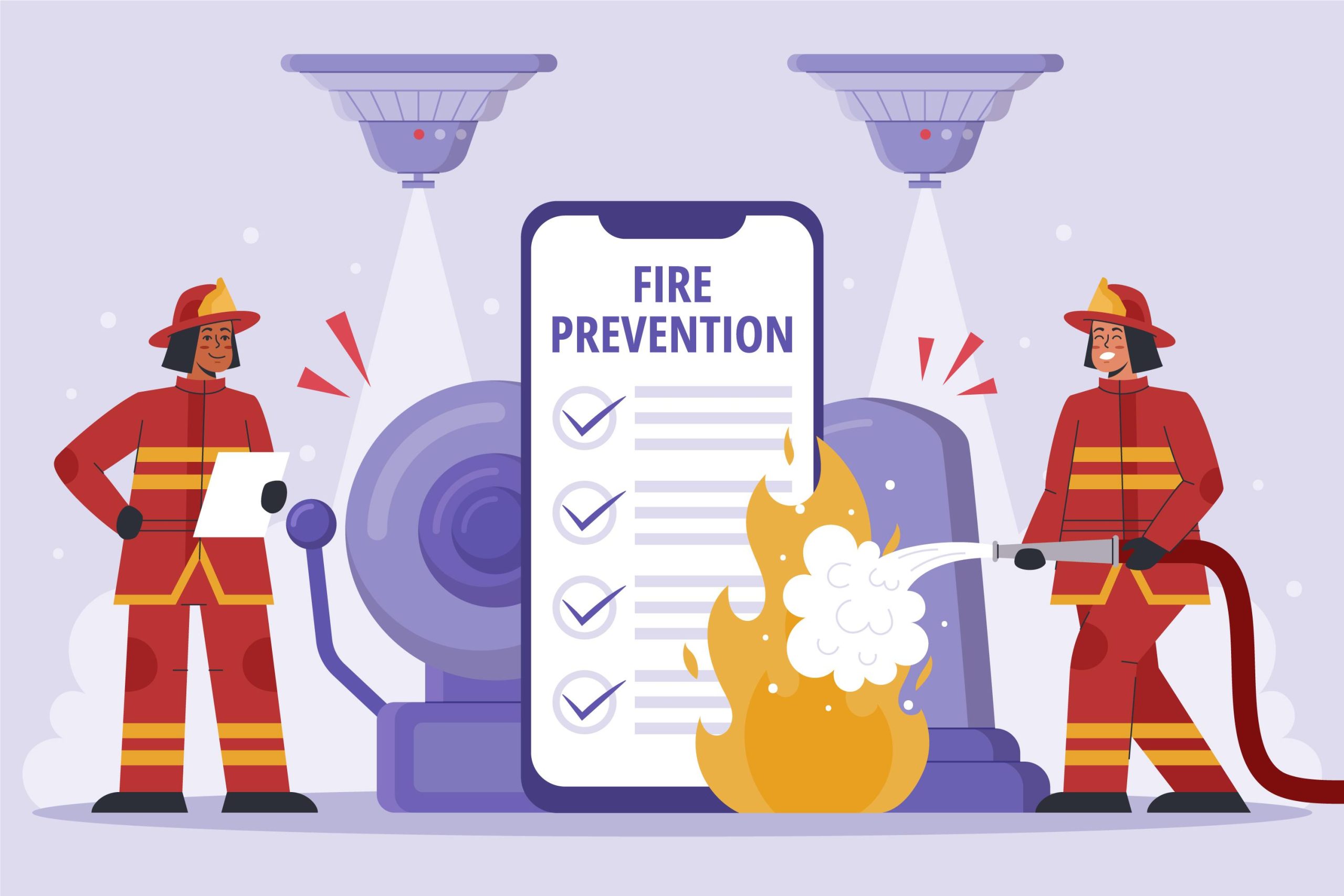Blog on RFID Technology and IoT Solutions
Blog Home
How RFID Technology Enhances Fire Emergency Response?
20 December 2023RFID technology has shown great potential in enhancing fire emergency response. By utilizing RFID tags and sensors, firefighters can quickly locate and track individuals within a burning building. This information is crucial in ensuring the safety and efficient evacuation of occupants. In addition, RFID technology can provide real-time information about the location and condition of firefighting equipment and resources. This improves coordination and enables firefighters to make well-informed decisions during emergency situations. Furthermore, RFID technology can be integrated with IoT systems to create a comprehensive fire emergency management solution.
This solution can include automatic fire detection, early warning systems, and seamless communication between firefighters and command centres.
Overall, RFID technology enhances fire emergency response by enabling quick and accurate identification of individuals, tracking of resources, and integration with IoT systems for better situational awareness and decision-making.
RFID technology enhances fire emergency response by enabling quick and accurate identification of individuals, tracking of resources, and integration with IoT systems for better situational awareness and decision-making. Additionally, RFID technology can also be used to create evacuation plans and strategies based on real-time data gathered from the tags. Furthermore, RFID technology can also provide valuable data for post-incident analysis and improvement of fire response strategies.
By leveraging RFID technology, fire departments and related organizations can improve their emergency response capabilities. RFID technology can greatly enhance fire emergency response by allowing for quick and accurate identification of individuals and tracking of resources. This information can be crucial for ensuring the safety and efficient evacuation of occupants, as well as improving coordination and decision-making among firefighters. RFID technology enhances fire emergency response by enabling quick and accurate identification of individuals, tracking of resources, and integration with IoT systems for better situational awareness and decision-making.
In addition, RFID technology can also facilitate automatic diagnoses, real-time environmental monitoring, and early fire warnings. Furthermore, RFID technology can be used to create a centralized database of fire incidents, which can help in analysing patterns and improving future response strategies.
RFID technology plays a crucial role in enhancing fire emergency response by providing efficient and effective solutions. Here are ways in which RFID contributes to improving response measures:
1. Personnel Tracking: RFID tags can be integrated into firefighters’ gear, enabling real-time tracking of their locations within a fire scene. This enhances accountability, ensures the safety of team members, and enables quick identification in case of emergencies.
2. Equipment Management: RFID tags on firefighting equipment allow for easy monitoring and tracking. Efficient inventory management ensures that all necessary tools and apparatus are readily available, minimizing response time.
3. Asset Tracking in Buildings: RFID tags can be placed strategically in buildings to track the location of critical assets such as fire extinguishers, hoses, and emergency exits. This ensures that responders have instant access to essential tools during an emergency.
4. Evacuation Coordination: RFID technology aids in the efficient coordination of evacuations by tracking the movement of individuals within a building or emergency zone. Emergency responders can quickly identify areas that are clear or may require immediate attention.
5. Access Control: RFID-enabled access control systems ensure that only authorized personnel have access to restricted areas, securing critical infrastructure and preventing unauthorized entry during emergencies.
6. Patient Tracking in Mass Casualty Incidents: RFID tags on medical equipment and patient wristbands facilitate the tracking of individuals during mass casualty incidents. This aids in efficient triage, treatment, and reunification of families.
7. Data Collection and Analysis: RFID technology allows for the collection of data during emergency responses, such as the movement of personnel, equipment usage, and evacuation patterns. Analyzing this data helps improve future response strategies and optimize resource allocation.
8. Integration with IoT Devices: RFID seamlessly integrates with Internet of Things (IoT) devices, providing a network of interconnected sensors. This connectivity enables real-time data exchange, enhancing overall situational awareness and decision-making.
9. Identification of Hazardous Materials: RFID tags can be used to track and identify hazardous materials, allowing responders to assess and address potential dangers more efficiently.
Incorporating RFID technology into fire emergency response protocols not only improves overall safety but also contributes to a more coordinated and effective approach during critical situations.
- Intellistride.com
- Blog
- How RFID Technology Enhances Fire Emergency Response?